
Hyundai Ioniq 5 Project 45
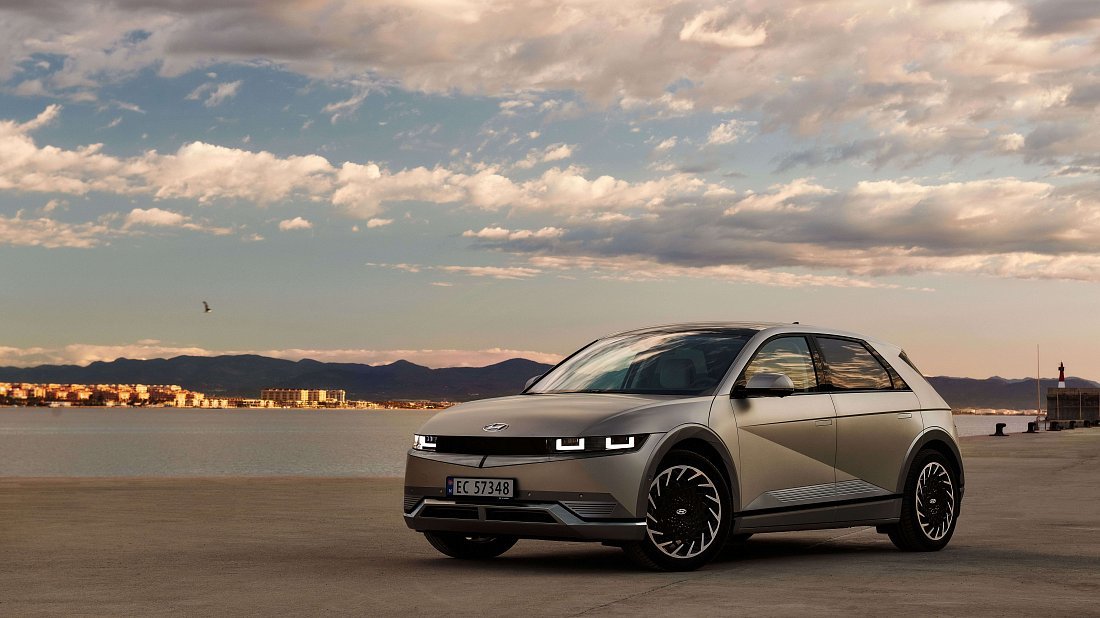
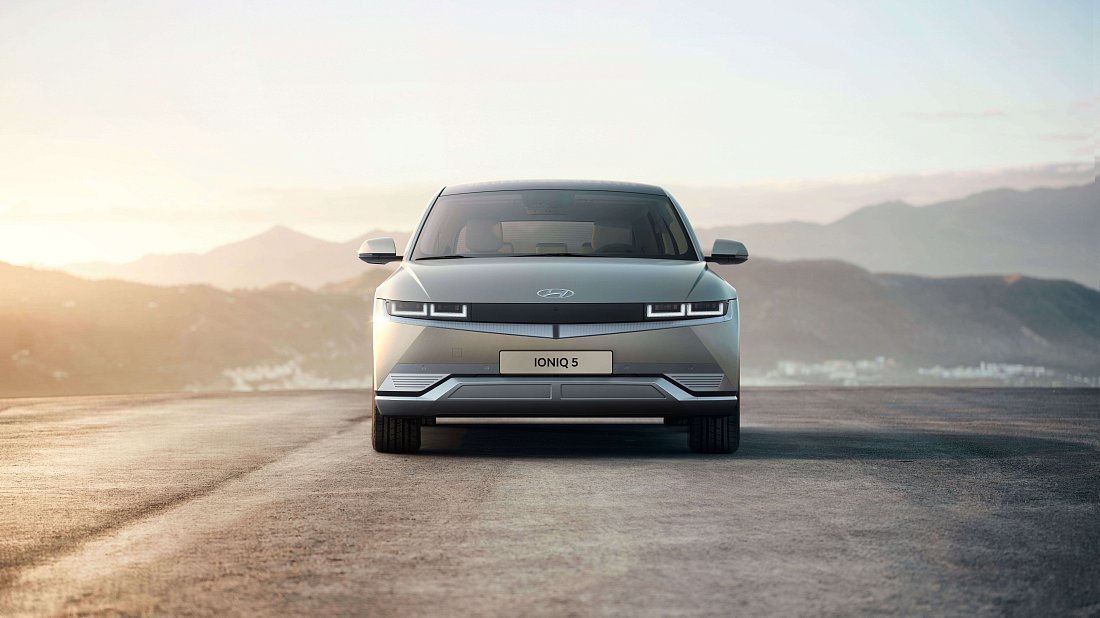
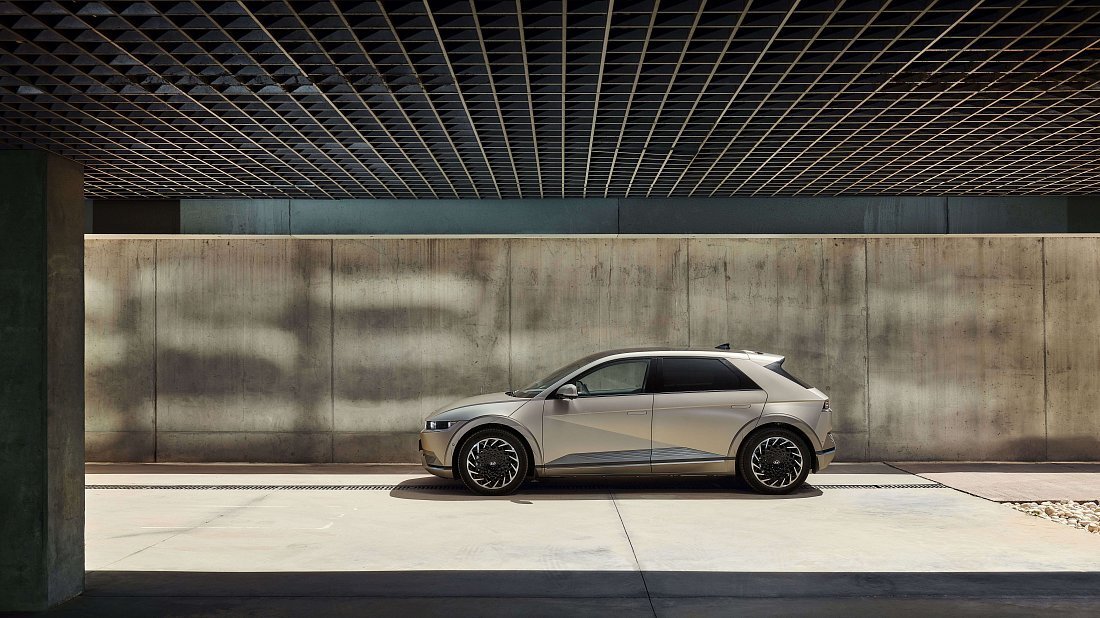
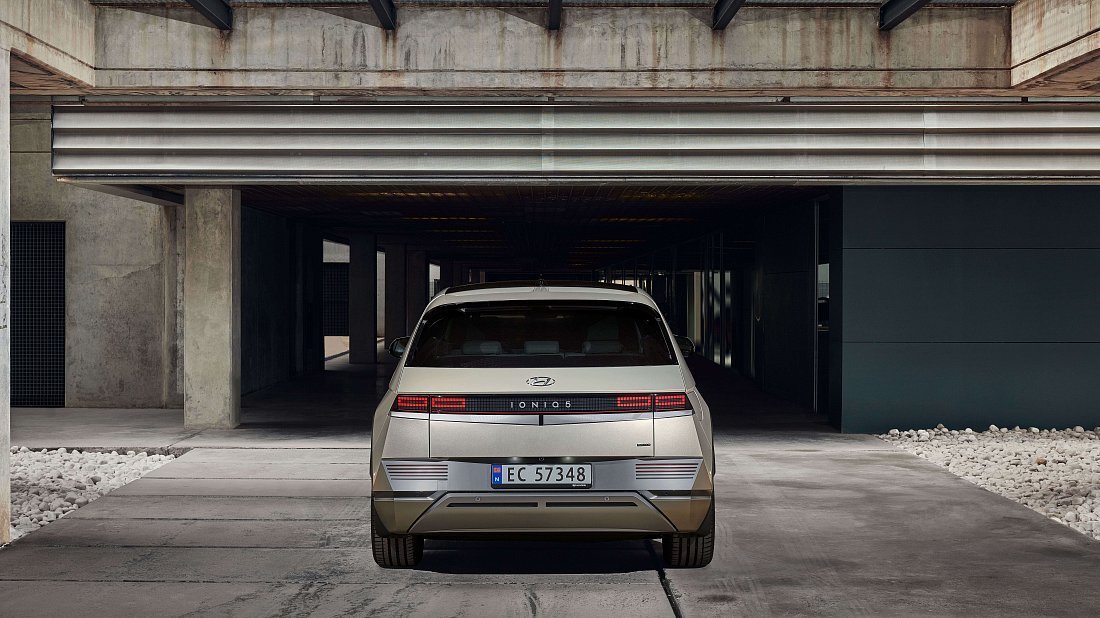
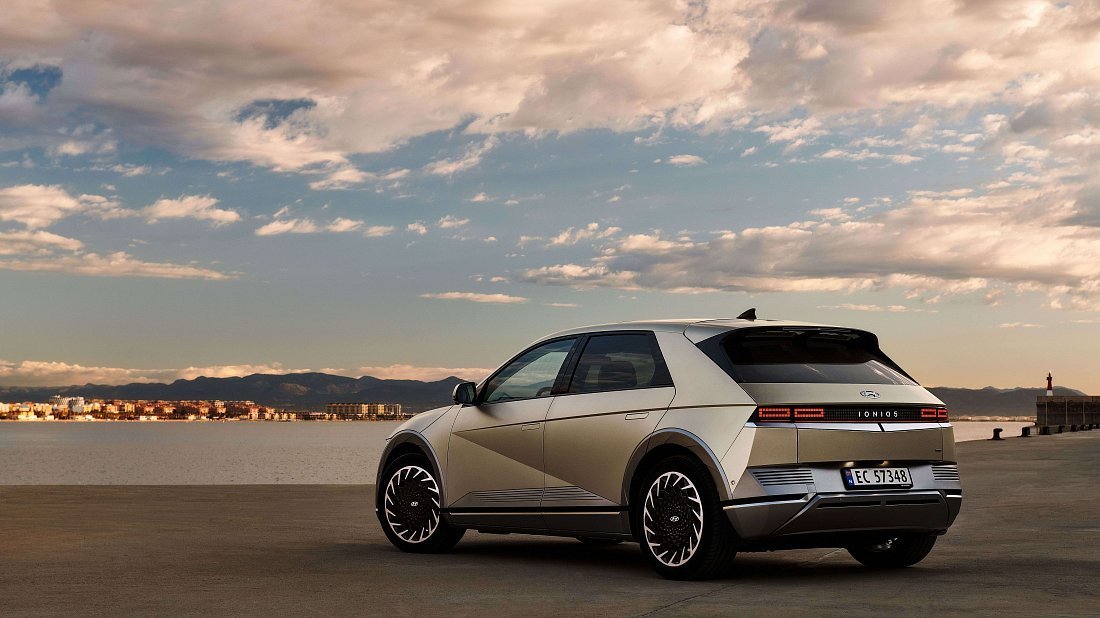
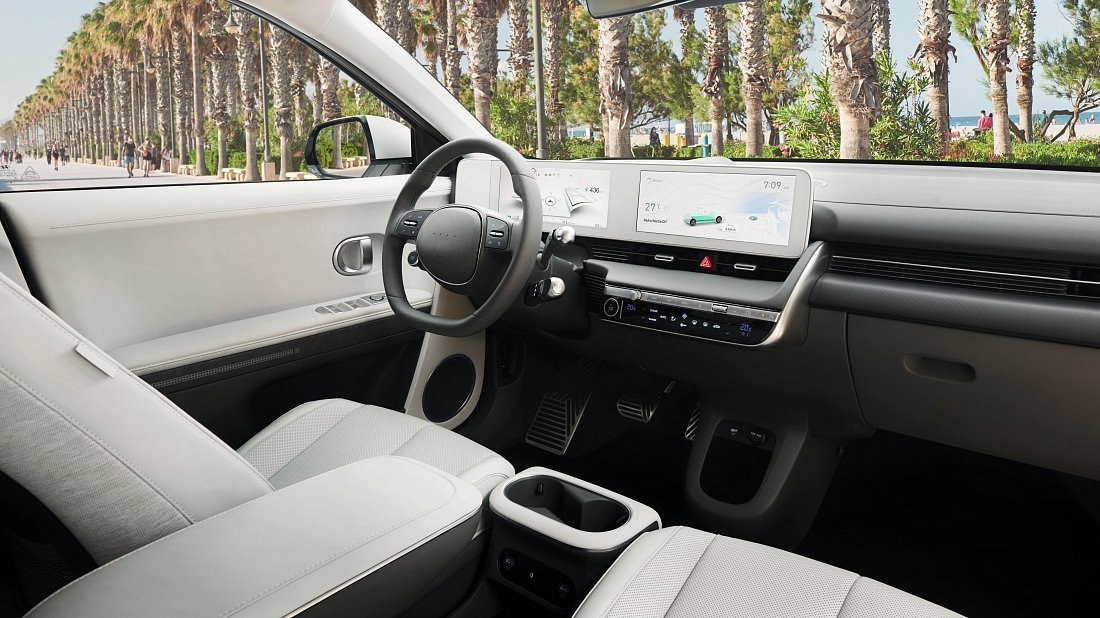

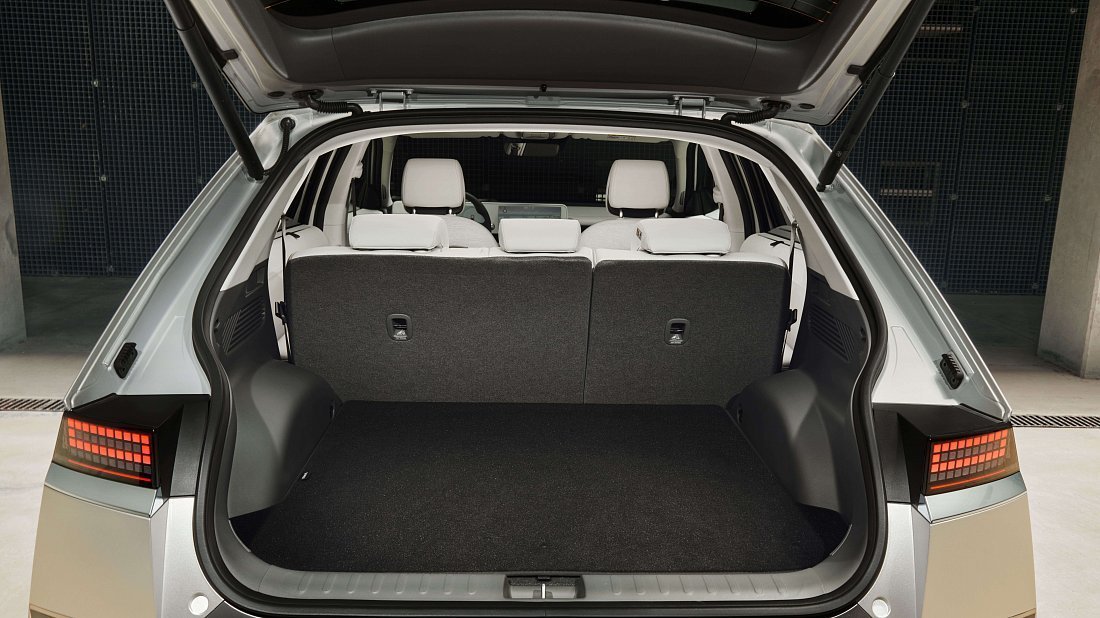

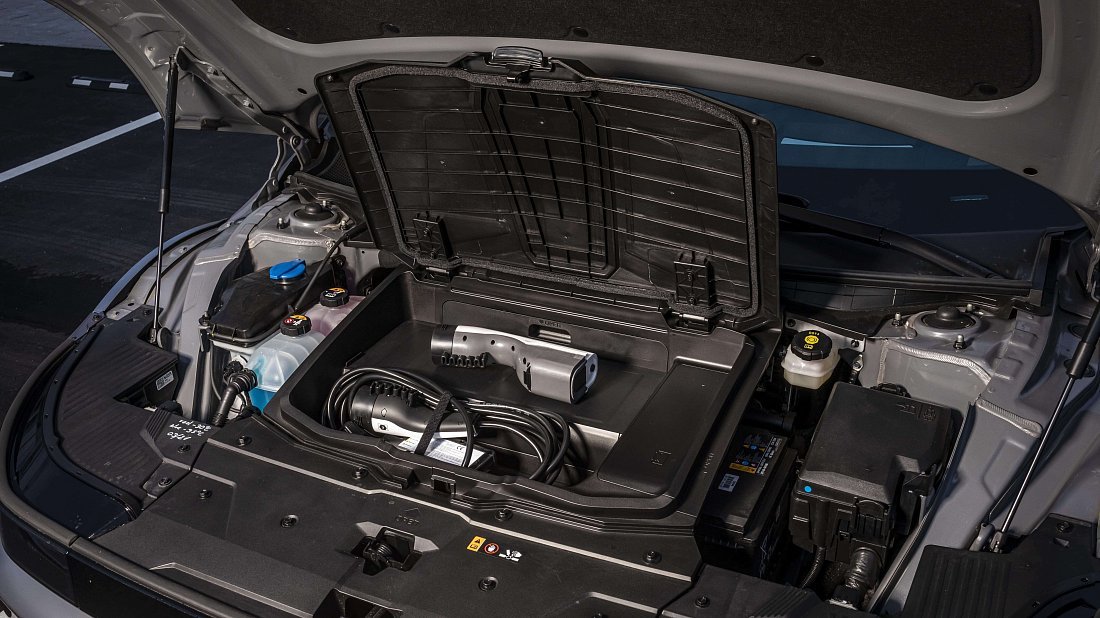
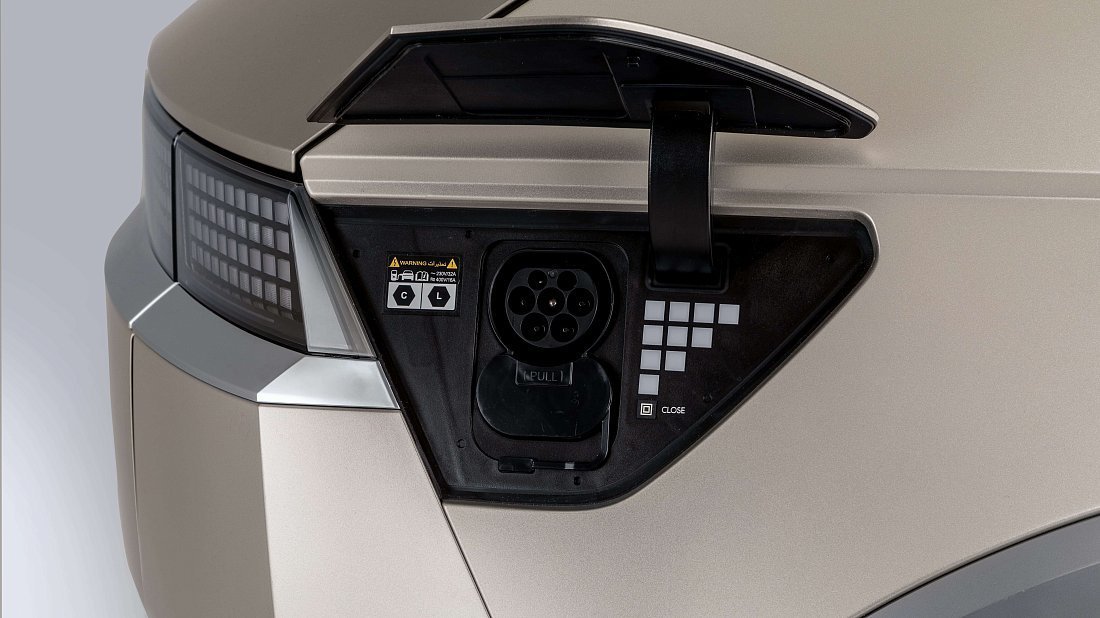
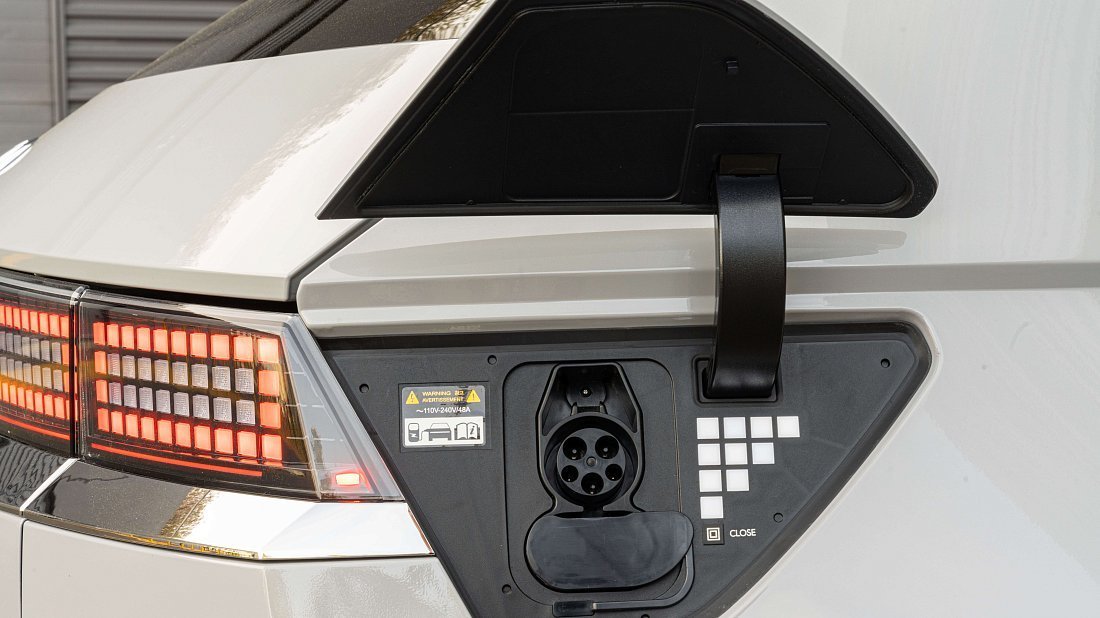
Overview
Main Overview Information
- Price USA (New)
- No Data
- Price USA (Used)
- No Data
- Country of Manufacture
-
- Indonesia
![Indonesia Indonesia]()
- Singapore
![Singapore Singapore]()
- South Korea
![South Korea South Korea]()
- Indonesia
- Years of Production
- 2021-2021 (Discontinued)
- Body Style
- SUV
![]()
- Market Availability
- EU
Pros and Cons
Reasons to Buy
- Pioneering 800V charging
- Striking, unique styling
- Exceptionally roomy interior
- Quick AWD acceleration
- Versatile V2L feature
Reasons Not to Buy
- EU-only launch edition
- Range trails some rivals
- Non-US (CCS2) charge port
- No longer in production
- Extremely limited availability
Overview
The 2021 Hyundai Ioniq 5 Project 45 was a super-exclusive launch edition, celebrating Hyundai's heritage with a dose of futuristic cool. This all-wheel-drive EV kicked off Hyundai's dedicated EV onslaught, riding on the revolutionary E-GMP platform with its groundbreaking 800-volt architecture. Think instant torque, a spacious lounge-like interior, and head-turning pixel-perfect looks. While not officially sold new in the US, its arrival signaled a major shift. This limited run was highly specced, making it a collector's item right out of the gate, hinting at the electrifying future Hyundai was cooking up.
What's New for 2021?
For 2021, "new" was an understatement – the Ioniq 5 itself was the big news! The Project 45 variant was the cherry on top, the very first taste of Hyundai’s E-GMP platform. This meant blisteringly fast 800V charging, innovative Vehicle-to-Load (V2L) tech letting you power appliances, and a fresh design language. Specific to the Project 45 were unique 20-inch aero wheels, often exclusive paint like Gravity Gold Matte, and special badging. Some early models even boasted a solar panel roof, a truly futuristic touch for this inaugural model.
Design & Exterior
The Ioniq 5 Project 45 is a proper head-turner, blurring lines between a chunky hatch and a sleek crossover with its "Parametric Pixel" design. Those distinctive LED lights, front and rear, give it a unique signature. Flush door handles and a clean clamshell bonnet add to its minimalist, high-tech vibe. The Project 45 often sported unique 20-inch aero-optimised wheels and exclusive launch colours. Dimensions are generous: 182.5 inches long, 74.4 inches wide, and 63.2 inches tall, giving it serious road presence without being overly massive. It's retro-futurism done right!
Interior, Tech & Cargo
Step inside the Ioniq 5 Project 45, and you're greeted by a minimalist, airy cabin that feels more like a lounge. Thanks to the flat floor and long 118.1-inch wheelbase, passenger space is ace, especially with the sliding center console. Eco-friendly materials are a nice touch. Cargo-wise, you get a decent 26.3 ft³ in the trunk, expanding to a very useful 58.5 ft³ with the rear seats folded. Plus, there's a nifty 0.8 ft³ frunk! Twin 12.3-inch screens dominate the dash, running a slick infotainment system with Apple CarPlay and Android Auto.
Performance & Driving Experience
The Ioniq 5 Project 45 doesn't just look quick; it is! With its dual-motor all-wheel-drive setup, packing a combined 302 horsepower and a hefty 446 lb-ft of torque from its Permanent Magnet Synchronous Motors, it'll catapult you from 0-60 mph in a snappy 5.0 seconds. Top speed is a respectable 115 mph. It’s not just about straight-line grunt; the ride is impressively comfortable and refined, yet it handles neatly. Adjustable regenerative braking, including a clever i-Pedal for one-pedal driving, makes for smooth and efficient progress around town.
Range, Battery & Charging
Juice for the Project 45 comes from a 70 kWh usable battery pack, delivering a Green Cars Compare calculated real-world range of around 227 miles, with an efficiency of 3.24 mi/kWh. Thanks to its cutting-edge 800V architecture, DC fast charging is mega – up to 221 kW, meaning a 10-80% top-up can take as little as 18 minutes! At home, the standard 10.9 kW AC on-board charger will fill it up in about 6.5 hours. A US version would feature a CCS Type 1 port. Plus, Vehicle-to-Load (V2L) capability is onboard for powering external devices.
Safety & Driver-Assistance Features
The Ioniq 5 Project 45 scored a top 5-star rating from Euro NCAP, and the regular Ioniq 5 is an IIHS Top Safety Pick+ in the US. As a launch special, the Project 45 came loaded to the gills with Hyundai's SmartSense safety suite. This typically included Highway Driving Assist 2 for semi-autonomous cruising, Smart Cruise Control with Stop & Go, Forward Collision-Avoidance Assist with car/pedestrian/cyclist detection and junction turning, Blind-Spot Collision-Avoidance Assist, Lane Keeping and Following Assist, and a Surround View Monitor. Peace of mind, standard.
Warranty & Maintenance Coverage
Hyundai backs its EVs with some of the best coverage in the business. For the US market, this typically means a 5-year/60,000-mile basic warranty and an impressive 10-year/100,000-mile warranty for the powertrain and high-voltage battery (often guaranteeing at least 70% battery capacity). Hyundai also usually throws in complimentary maintenance for 3 years or 36,000 miles covering things like tire rotations and inspections. The E-GMP platform is proving robust, so long-term ownership of an Ioniq 5, even this special edition, should be pretty drama-free.
Previous Generation
There are no earlier versions of this carNext Generation
There are no newer versions of this carSimilar Electric Cars

- Real Range
- 275 mi
- 0-60 mph
- 6 s

- Real Range
- 272 mi
- 0-60 mph
- 5.9 s

- Real Range
- 258 mi
- 0-60 mph
- 5.9 s

- Discontinued
- 2023-2024
- Real Range
- 242 mi
- 0-60 mph
- 5.7 s
- Price (USA)
- $22,900

- Discontinued
- 2021-2023
- Real Range
- 239 mi
- 0-60 mph
- 5.7 s
- Price (USA)
- $16,997

- Real Range
- 273 mi
- 0-60 mph
- 5.9 s

- Real Range
- 274 mi
- 0-60 mph
- 6.2 s

- Produced
- 2023-…
- Real Range
- 224 mi
- 0-60 mph
- 3.2 s
- Price (USA)
- $66,100

- Real Range
- 235 mi
- 0-60 mph
- 5.4 s
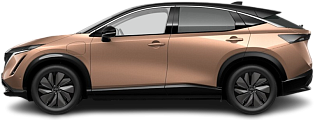
- Real Range
- 264 mi
- 0-60 mph
- 5.5 s




